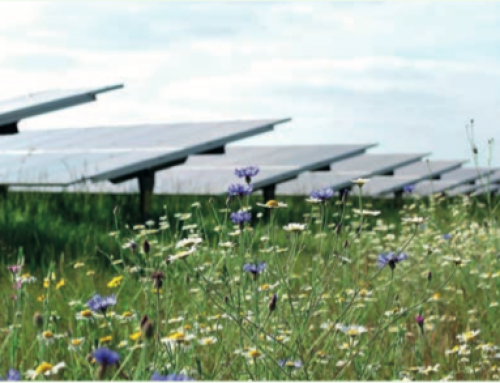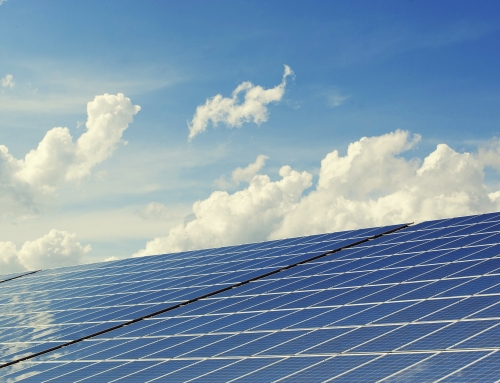In an interim report published in November 2017 NextSolar Fund (NESF) announced that it has achieved an annual shareholder return of 9.3 per cent since its initial public offering in 2014, five per cent in dividends and the reminder in share price. Backing this up, the Net Asset Value has increased by 7.1 per cent per year, albeit with some strong fluctuations.
NESF has a portfolio of 58 solar plants with a total capacity of 539MW. It claims to be the largest solar energy investment company on the LSE with about 4.5 per cent of UK total solar capacity. NESF buys existing solar plants on the secondary market and then manages them.
One might ask what management is needed. Unlike wind turbines, which require servicing, solar panels only need a regular wash and an occasional faulty panel or inverter replacement. What can one asset manager offer that another cannot, other than a better mop and pail?
The answer lies in NESF’s strategy of investing in small assets, not large ones. One would expect the latter to be more attractive because they can offer economies of scale, but NESF finds that the vendors of such assets has already taken advantage of these and built them into the price. Vendors of small assets do not have the resources to make these economies and hence sell cheaper.

One of the Fund’s solar farms near Ellough in Suffolk (https://nextenergysolarfund.com)
Economies of scale come partly from the financing of the investment and partly from being able to negotiate better electricity prices from energy utilities. Also, a larger organisation is able to make better forecasts and to keep up with changing market rules, especially those to do with renewables.
NESF is an offshoot of NextEnergy Capital Group, a privately owned specialist investment company that manages 1300 utility-scale solar plants and 3000 rooftop installations with a total capacity of about 1.9GW, employing 95 people of which 48 are focused on the UK market.
NESF itself appears to have no employees, with all investment decisions and asset management being handled by NextEnergy Capital Group and its subsidiaries. For this, NESF pays a fee that is a percentage of its Net Asset Value, which is (no surprise) established by the Group.
The two main factors that can affect profitability are electricity prices and energy yield (basically, how much sun there is). There is not much that can be done about the latter, while for the former NESF reckon that a 10 per cent drop in electricity prices will only reduce its cash flow by 0.6 per cent. This is because some 68 per cent of its revenue comes from plants with fixed power purchase agreements and renewable obligation certificates (ROCs) until March 2021.
Nevertheless in the longer term profits and growth will be affected by the ending of these subsidies (ROCs and contracts for difference), but boosted by the falling price of solar panels. The UK’s first unsubsidised utility-scale solar plant was connected in September 2017. Just how these competing factors work out remains to be seen.
NESF believes that it will still be able to buy assets operating under the subsidised regimes for a few years, but in order to grow, NESF also needs to look elsewhere. There should be opportunities since the UK‘s fifth carbon budget for 2032 envisages solar capacity increasing from today’s 13GW to between 20 and 40GW, depending on nuclear capacity. The higher number looks increasingly likely given the current low expectations for nuclear development.
NESF has various strategies. It has started to buy assets at an early stage of development, acquiring rights to four new subsidy-free assets with a total capacity of 60MW. There is the possibility of upgrading existing sites either by extending them or adding other technologies such as storage or, maybe, wind. Finally, after amending company policy to allow investment of up to 15 per cent outside the UK, the company has bought five plants with a capacity of 34.5MW in Italy.
NESF’s share price is 114p, near its all time high in June 2017.



